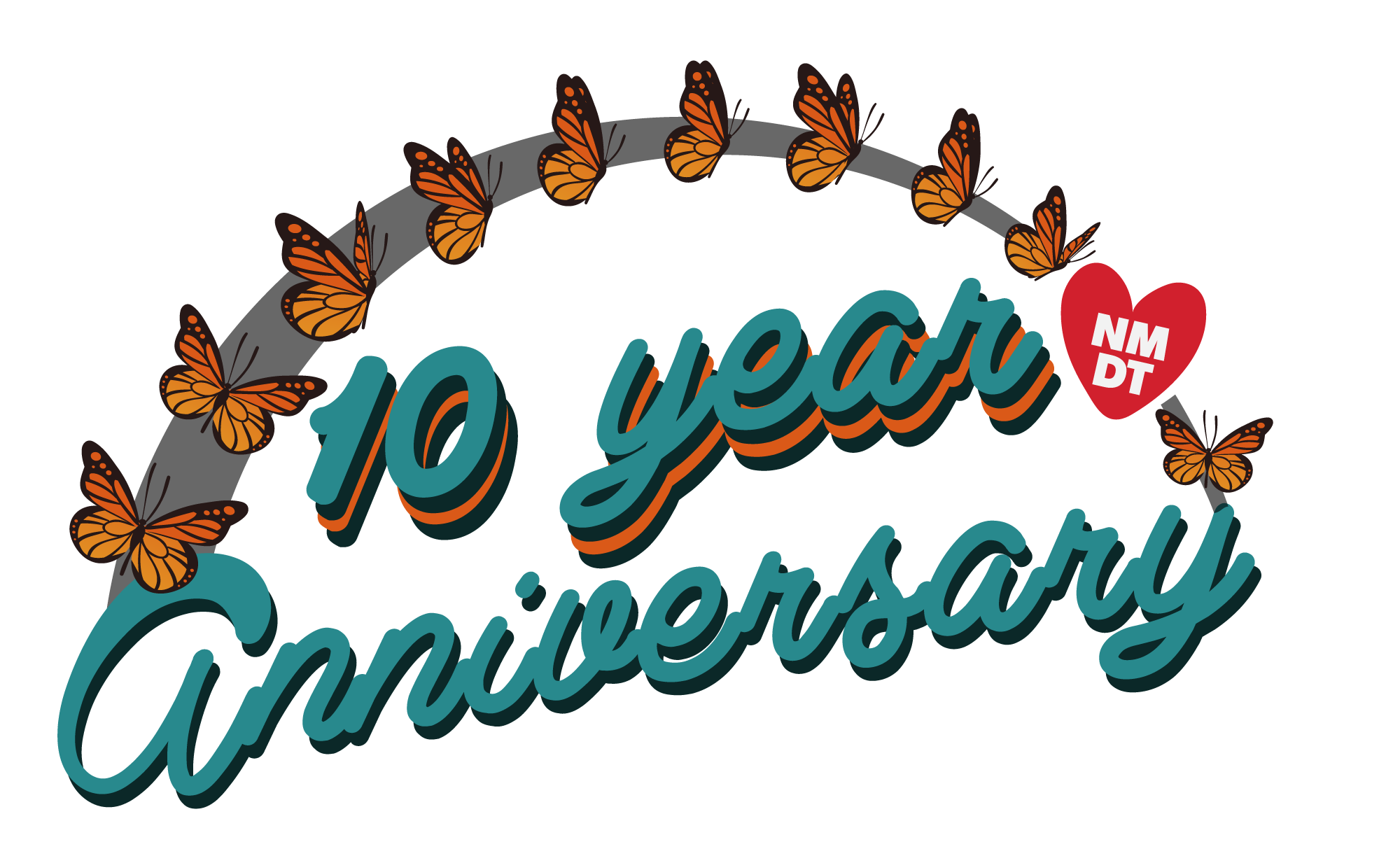By: Benay Blend / Retired Professor
All students deserve to feel safe in school. Unfortunately, this is not always the case. Some of the observations discussed below are personal based on approximately thirty years of teaching Native American and American History.
I have been retired for several years, so my exposure to Dreamers in the classroom must be limited to the years when I taught students engaged in the formative years of the legislation. Moreover, unless self-identified I did not know who among my students were undocumented.
In New Mexico, there are students whose parents, grandparents and family that arrived through the bracero program, an effort to bring low-paid workers to this country from Mexico during periods such as World War II when there was a need for their labor. If not repatriated they remained but did not always apply for citizenship.
Most of the immigrant students I taught, particularly among less entitled communities, showed up early for class, came often for office hours, and produced excellent essays, often while struggling with the language barrier, work obligations, and family issues.
All of these students are assets to the classroom.
Beyond the value of hoping that educational opportunities further enable the goal of upward mobility, incorporating immigrants into the classroom, undocumented and documented both, provides opportunities for other views of the American experience.
Particularly revealing, one semester I showed the film Harvest of Empire, a documentary that focuses on how American intervention in foreign countries fuels instability that in turn spurs immigration. Students hailing from targeted countries can add much to the discussion because of their personal experience in the process.
When students hear first hand accounts of violence in targeted countries it contributes to a better understanding of why people risk so much to come here.
Nevertheless, according to a September 2014 Pew Research Poll, 40% of Americans opposed public education for undocumented students. Despite the 1982 U.S. Supreme Court decision in Pyler V. Doe that held states cannot deny school to students because of their immigrant status, critics cling to myths of gangs flooding across the border and the cost to government agencies.
In fact, parents of undocumented students pay nearly $11 billion total a year in taxes, according to a 2013 Institute on Taxation and Economic Policy Study. Moreover, fearing the Immigration and Customs Enforcement (ICE) agency many undocumented immigrants avoid government services supported by their taxes.
Undocumented students should never feel that their presence serves as an educational tool for someone else’s needs, nor should their humanity ever be the subject of debate or their contributions taken as speaking for all undocumented students.
In the right context, though, their experiences add much to discussions of immigration history, diversity, and the ways that inclusion should take place without the necessity of one’s culture. The hope should be that undocumented students, while benefiting from educational opportunities, give back in equal measure the gift of other ways of viewing the world.
Benay Blend is a retired Central New Mexico Community College professor with more than 30 years teaching experience.
